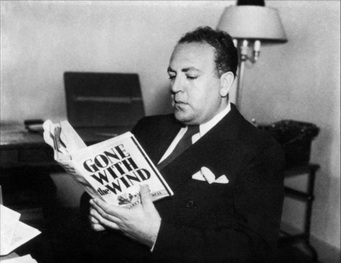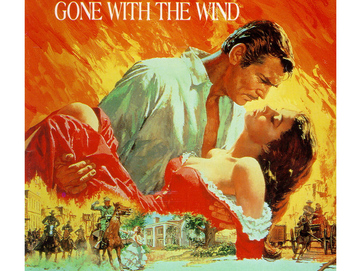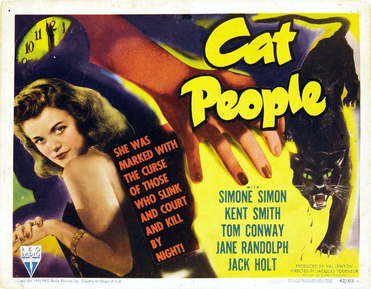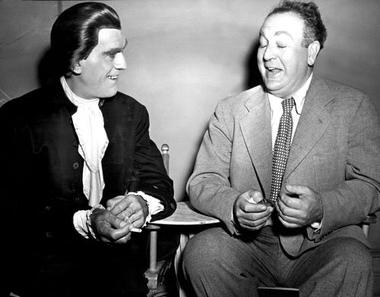
In this new feature Hidden Heroes, we take a look at stars behind the show who go unappreciated. We celebrate them all now.
Val Lewton is a name that those of you who like your classic horror should be familiar with, or at least have come across during the course of your viewing. However, that’s simply not as many as it should be in my opinion. Lewton was primarily a movie producer working for RKO Pictures through the 1940s, making almost a dozen low-budget horror films that went on to become classic of the period and genre, and with distinct stylistic indicators normally reserved for directors and writers. As a producer, you could feel the presence of Lewton in those frames.
But who was he? Where did he come from? Well, kids, sit back and let me take you on a brief journey into that land called the The Past.

However, his real break came in 1933 when, through a connection of his mother’s, he got a job with one David O. Selznick. Under Selznick, Lewton quickly became a go-to for story ideas, minor script tweak and polishes and general assistance in the running of Selznick’s film projects. Such was his skill as a writer that Lewton actually wrote (without credit) several scenes for Gone With the Wind. But Lewton’s real successes started in 1942.

The studio just wanted cheap B-movie fodder that would justify the double-bill slot, so they had no expectations. However, such was Lewton’s skill as both writer and producer, the films he made for RKO ended up becoming some of the most respected horror pictures of the period, rich in atmosphere and character. Lewton came up with the ideas for Cat People, I Walked With a Zombie, The Leopard Man, The Body Snatcher, Isle of the Dead, Bedlam… all now classics of 1940s horror, all coming from Lewton’s production run under RKO, and all made within a period of four years. He also had an eye for the right talent for the projects, working with directors like Jacques Tourneur, Robert Wise and Mark Robson.
If you’ve never seen any of Lewton’s work, you should absolutely give them a watch. Though some may regard them somewhat hokey by modern standards, these films have actually stood up very well through the years. The use of shadow was an oft used technique of Lewton’s, making the frugal stipulations of the studio work for the creepy atmosphere of the picture. There was even a technique developed by Lewton whereby the tension in a film is built up to near unbearable point only for the jarring scare to come but from a completely innocent source. Nowadays, something like that is called a “Cat Scare”. Back in 1942, it was called the Lewton Bus, and it came from the film Cat People.

Although Lewton had some good years in movies, and achieved some success as a producer, he remains something of a mystery to contemporary audiences. Part of this is down the fact that few producers get recognition for their efforts, but another is because there is apparently no known film footage of him, nor any recordings of his voice. As many who have studied Lewton’s career have observed, much like the creatures of his films, the man existed within the shadows of the industry. You knew he was there somewhere, but you had to know the signs in order to see him.
If you would like to know a bit more about Lewton and his career, hunt down a copy of the 2007 documentary Val Lewton: The Man in the Shadows, presented by Martin Scorsese. It’s a good look at an interesting figure in the film world who should get more attention. And hopefully this will make you interested in finding out about the man and certainly the films he made.
Follow Paul on Twitter

 RSS Feed
RSS Feed
